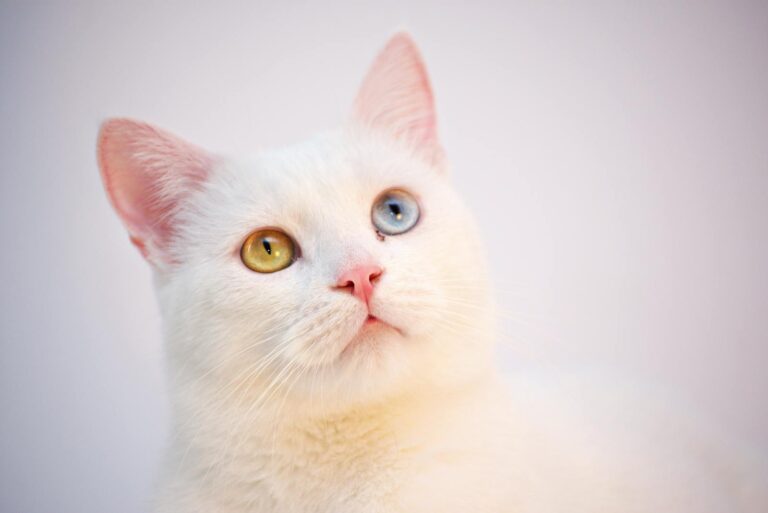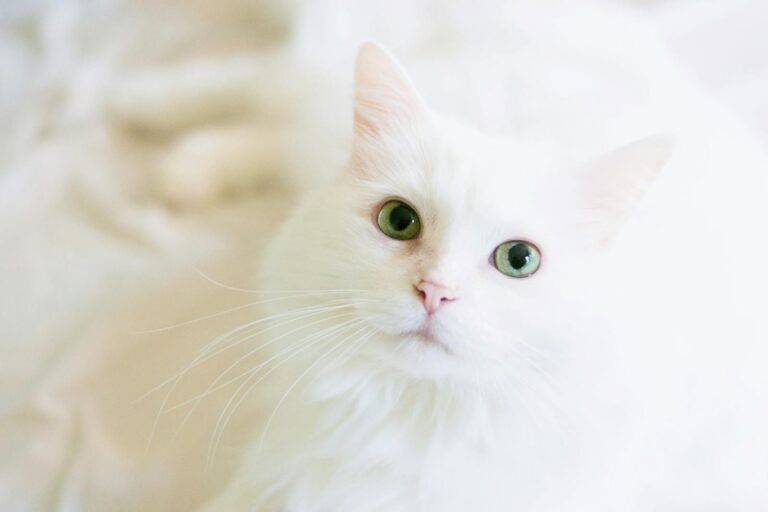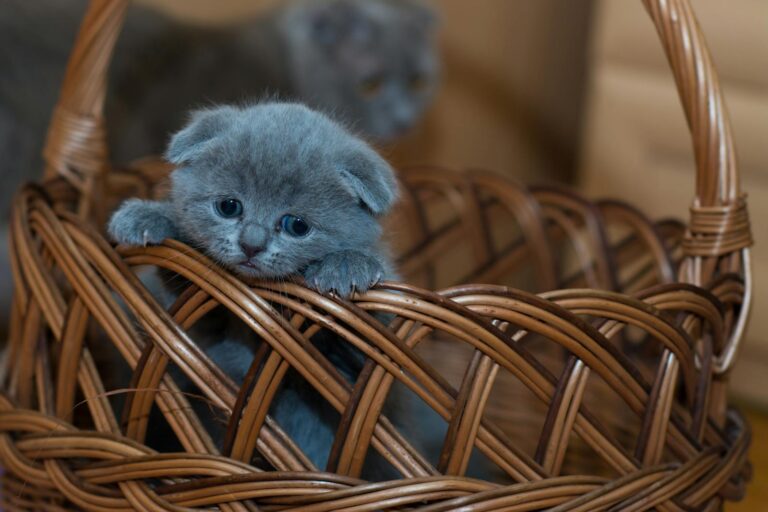Human Foods That Are Safe for Cats
In the quest to provide the best care for our feline friends, many cat owners often wonder about Human Foods That Are Safe for Cats (and What to Avoid). Understanding which human foods can be safely shared with your cat—and which ones should remain off-limits—can contribute positively to their diet and overall health. In this article, we will explore safe food options, their nutritional benefits, harmful foods to steer clear of, and tips for serving them appropriately.
Introduction: Understanding Safe Human Foods for Cats
Cats are obligate carnivores that primarily require animal-based protein in their diets. However, just like humans, they can benefit from a variety of foods if chosen wisely. Pet owners frequently ask themselves: “Can my cat eat this?” It’s essential to make informed decisions about what human foods to share with our furry companions.
The Importance of Researching Cat Diets
Before introducing any new food into your cat’s diet, it’s important to research its safety and nutritional value. Cats have specific dietary needs that differ significantly from those of humans and even dogs. Foods that may be nutritious and beneficial to us might not have the same effect on felines.
Additionally, certain human foods can lead to digestive upsets or severe health issues if consumed in excess or at all. Knowledge is power when it comes to ensuring our pets stay healthy and happy.
Building a Positive Relationship with Food
Sharing food with your cat can foster a sense of companionship and trust. However, it’s crucial to approach this practice with caution. By carefully selecting safe human foods and offering them as occasional treats, you can help strengthen your bond while also contributing to your cat’s wellbeing.
Approved Human Foods for Cats: A Comprehensive List
When it comes to finding Human Foods That Are Safe for Cats (and What to Avoid), it helps to have a comprehensive list of safe options. Below are several categories of human foods that can be fed to cats without concern.
Proteins: Lean Meats and Fish
Cats thrive on protein, and lean meats can provide them with essential amino acids.
- Chicken: Boiled or baked chicken without seasoning is a great source of protein. Avoid bones, as they can splinter and pose a choking hazard.
- Turkey: Similar to chicken, turkey is another excellent protein option for cats. It should also be served cooked and plain, free of spices.
- Fish: Fish like salmon or tuna can be offered occasionally but shouldn’t become a staple, as too much fish can lead to mercury poisoning.
Fruits: Sweet Treats with Benefits
Fruits might seem like an odd choice for cats, but some can be surprisingly beneficial.
- Blueberries: Packed with antioxidants, blueberries are low-calorie and can be a fun treat. Most cats enjoy their sweet taste.
- Watermelon: Cats can hydrate with watermelon pieces—just ensure there are no seeds or rind. This fruit is often well-received and provides vitamins.
- Banana: While some cats may indulge in this fruit, moderation is key due to its sugar content. A small piece can serve as a delightful treat.
Vegetables: Nutrient-Rich Options
While cats may not find vegetables as appealing, some can be safely integrated into their diets.
- Carrots: Cooked, diced carrots can be a good source of beta-carotene and fiber. Ensure they are soft enough for easy chewing.
- Pumpkin: Plain canned pumpkin (not pie filling) is great for digestion and can help with hairballs.
- Peas: Green peas are high in fiber and protein. They can be given cooked and mashed or whole after boiling.
Grains: Occasional Carbohydrate Sources
Although cats do not require grains, some can be offered as occasional treats.
- Rice: A small amount of plain rice can help if your cat has stomach issues.
- Oatmeal: Cooked oatmeal can be a hearty snack rich in fiber. However, only serve it in small quantities.
- Quinoa: High in protein and other nutrients, quinoa can be offered in small portions after cooking.
The Nutritional Benefits of Specific Human Foods for Felines
Several human foods that are safe for cats come packed with various nutrients essential for their wellbeing. Let’s delve into the nutritional benefits of some of the foods mentioned earlier.
Chicken: A Protein Powerhouse
Chicken is one of the most recommended protein sources for cats. Its versatility allows it to be prepared in numerous ways, and it’s typically well-tolerated by most cats.
- Essential Amino Acids: Chicken is rich in taurine, an essential amino acid critical for heart health, vision, and reproduction in cats.
- Low Fat: Skinless chicken breast is low in fat, making it a healthy option for overweight cats.
- Easily Digestible: For cats with sensitive stomachs, chicken is usually easier to digest compared to processed cat foods.
Blueberries: Antioxidant Richness
Blueberries are often deemed a superfood for both humans and cats alike, thanks to their numerous health benefits.
- Antioxidants: These small fruits contain powerful antioxidants that can combat oxidative stress and inflammation in cats.
- Vitamins C and K: Blueberries are high in vitamin C, which supports the immune system, and vitamin K, promoting healthy blood clotting.
- Low Caloric Content: Being low in calories makes blueberries a guilt-free snack for your kitty.
Pumpkin: A Fiber Boost
Pumpkin is known as a digestive aid, making it an excellent addition for cats suffering from bowel irregularities.
- High Fiber Content: The fiber in pumpkin can help regulate your cat’s digestive system, alleviating constipation and diarrhea.
- Weight Management: If your cat is overweight, incorporating pumpkin into their diet can promote satiety, helping them feel fuller without excessive calorie intake.
- Rich in Vitamins: Pumpkin is also a source of vitamins A, C, and E, which contributes to overall health and well-being.
Carrots: Nutritional Support for Vision
Carrots are more than just a crunchy snack; they hold numerous nutritional benefits for cats.
- Beta-Carotene: This antioxidant converts to vitamin A in the body, supporting eye health and overall immune function.
- Fiber Source: Carrots provide dietary fiber, which aids in digestion and can assist in maintaining a healthy weight.
- Low-Calorie Snack: Carrots can serve as a delicious treat without adding significant calories to your cat’s diet.
Foods to Avoid: Toxic and Harmful Options for Cats
Understanding what not to feed your cat is just as important as knowing which human foods are safe. Some common foods are toxic or harmful to felines, and it’s imperative to keep these out of reach.
Chocolate: A Poisonous Delight
Chocolate contains theobromine and caffeine, both of which are highly toxic to cats.
- Symptoms of Poisoning: Ingesting chocolate can lead to symptoms such as vomiting, diarrhea, rapid breathing, and increased heart rate.
- No Amount is Safe: Even small amounts of chocolate can be dangerous, so it’s best to keep all chocolate products away from cats entirely.
Onions and Garlic: Hidden Dangers
Onions and garlic belong to the Allium family and are toxic to cats.
- Risk of Anemia: Consuming these foods can damage red blood cells, leading to hemolytic anemia, which can be life-threatening.
- Hidden Forms: Be mindful of processed foods containing onion or garlic powder, as these can sometimes be overlooked.
Grapes and Raisins: A Risky Treat
Grapes and raisins can cause acute kidney injury in cats.
- Unpredictable Reaction: Not all cats react the same way, but it’s safest to avoid giving these fruits altogether.
- Signs of Toxicity: Symptoms may include lethargy, vomiting, diarrhea, and abdominal pain.
Alcohol: A Hazardous Substance
Alcohol is incredibly toxic to cats, even in small amounts.
- Severe Effects: Ingestion can lead to intoxication, causing symptoms like disorientation, seizures, and even death.
- Keep Away: Ensure that alcoholic beverages and products containing alcohol are kept far from your pet’s reach.
Safe Serving Practices: Preparation and Moderation Guidelines
Even with safe human foods, preparation and moderation are essential for maintaining your cat’s health. Here’s how to properly serve human foods to your feline friend.
Cooking Methods: Keep it Simple
How you prepare food for your cat matters greatly.
- Avoid Seasoning: Always serve food plain, without salt, spices, or sauces, as these can be harmful.
- Cooking Techniques: Steaming, boiling, and baking are preferred methods that preserve nutrients without adding unhealthy fats.
- Cut into Small Pieces: Make sure the food is cut into manageable pieces to prevent choking and aid digestion.
Portion Control: Less is More
Portion size plays a vital role in your cat’s diet.
- Treats Only: Human foods should only account for a small portion of your cat’s overall diet—as little as 10% is ideal.
- Monitor Reactions: When introducing new foods, start with small amounts to observe how your cat reacts.
- Consistency is Key: Provide new foods consistently but not every day, allowing time for your cat to adjust.
Timing: Best Moments to Share Food
Choose the right moments to offer human food to your cat.
- During Training: Using small bites as rewards during training can reinforce positive behavior.
- Bonding Time: Sharing food can enhance your bond, especially if you engage gently while offering treats.
- Meal Times: Consider giving a small amount alongside their regular feeding schedule to encourage acceptance.
Consulting Your Veterinarian: Personalized Dietary Recommendations
Every cat is unique, and their dietary needs may vary based on age, health status, and lifestyle. Consulting your veterinarian ensures that you’re making the best choices for your pet.
Tailored Nutritional Advice
Your veterinarian can provide tailored advice based on your cat’s specific needs.
- Health Assessments: Regular check-ups allow your vet to assess your cat’s health and recommend dietary adjustments.
- Allergy Testing: If your cat shows signs of allergies, your vet can guide you in finding suitable alternatives.
Discussing New Foods
Always discuss potential new foods with your veterinarian.
- Food Introductions: Your vet can help determine the best human foods to introduce based on your cat’s existing diet.
- Monitoring Health: After introducing new foods, keep your vet informed of any changes in your cat’s behavior or health.
Professional Resources
Consider additional resources to expand your knowledge about feline nutrition.
- Pet Nutritionists: A veterinary nutritionist can provide specialized guidance on feeding your cat a balanced diet.
- Educational Literature: Books and articles written by professionals can help further your understanding of feline dietary needs.
Conclusion
Providing Human Foods That Are Safe for Cats (and What to Avoid) requires careful thought and consideration. By knowing which foods are nutritious and safe, avoiding toxic items, and practicing proper serving techniques, you can create a balanced and enriching diet for your feline friend. Always remember to consult with your veterinarian for personalized dietary advice, ensuring your cat remains healthy and happy throughout their life.







